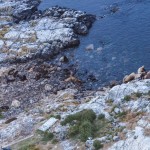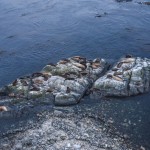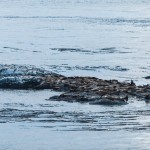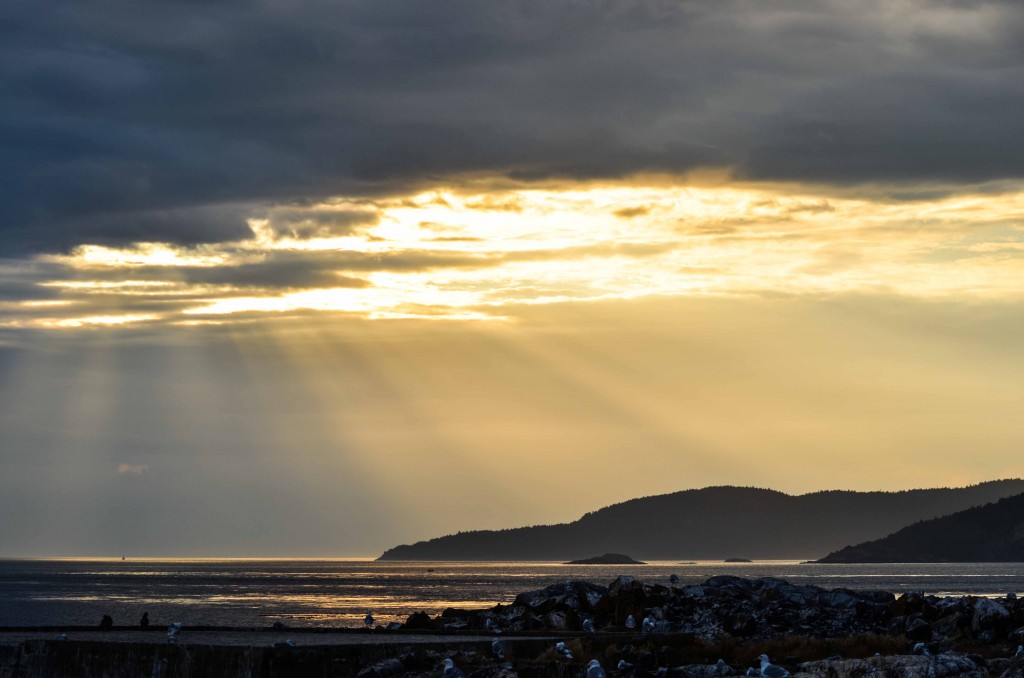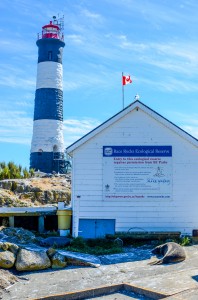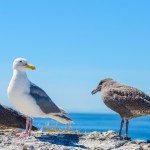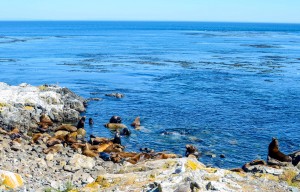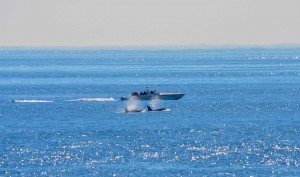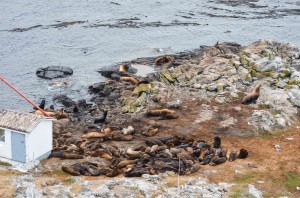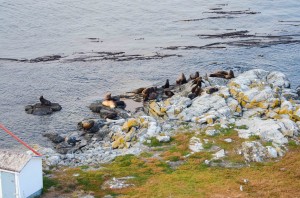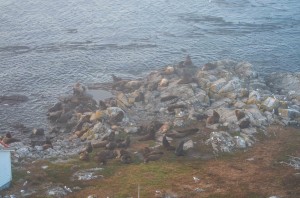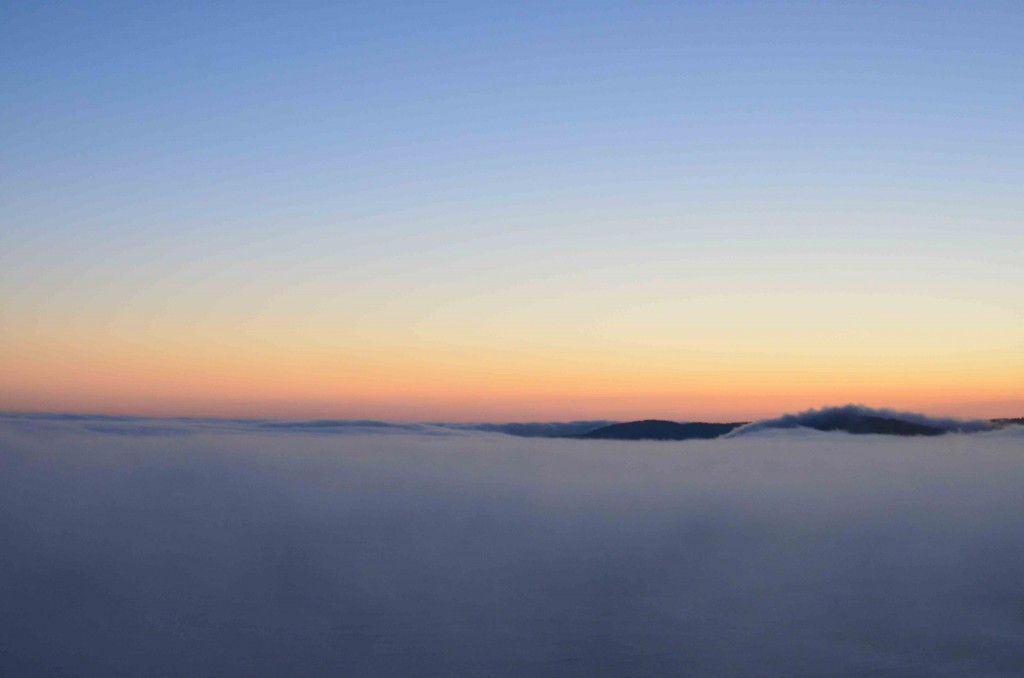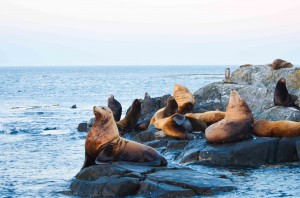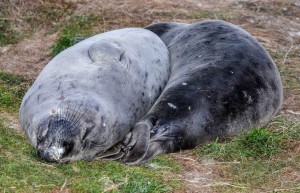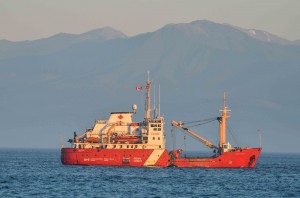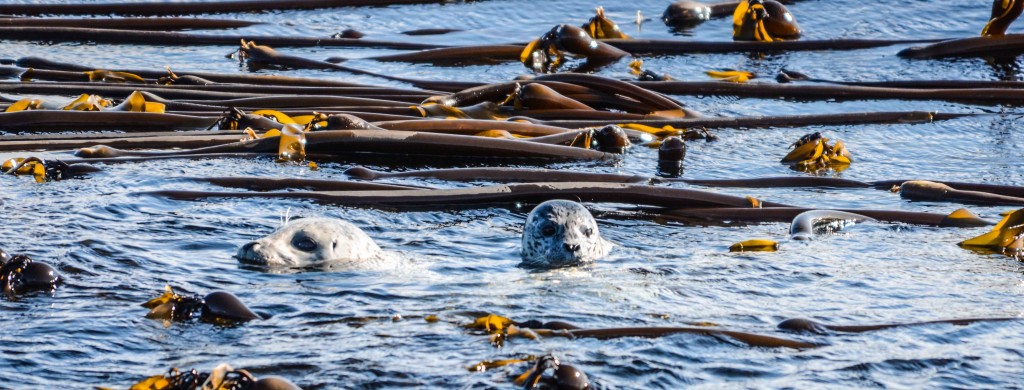| Daily Seawater Temperature and Density Record Shore Station | |||||
| Time Zone: PDT | |||||
| Station Race Rocks Lightstation | |||||
| Month: ___August__________ | Year: 2012 | ||||
| Observer: Pearson Colllege UWC |
|||||
| Date | Time | Sea Temp. °C |
Jar Temp. °C |
Hydro- meter No. | Observed Density |
| 1 | 0:15 | 9.5 | 9.5 | 10,802 | 240.0000 |
| 2 | 1:20 | 9.4 | 9.5 | 10,802 | 240.0000 |
| 3 | 2:20 | 9.5 | 9.5 | 10,802 | 239.0000 |
| 4 | 17:00 | 10.4 | 10.6 | 10,802 | 241.0000 |
| 5 | 17:30 | 10.3 | 10.4 | 10,802 | 238.0000 |
| 6 | 18:00 | 10.2 | 10.5 | 10,802 | 237.0000 |
| 7 | 18:30 | 10.8 | 10.8 | 10,802 | 233.0000 |
| 8 | 18:55 | 10.4 | 10.4 | 10,802 | 238.0000 |
| 9 | 19:20 | 11.2 | 11.2 | 10,802 | 226.0000 |
| 10 | 19:40 | 11.0 | 11.0 | 10,802 | 225.0000 |
| 11 | 20:10 | 10.3 | 10.5 | 10,802 | 222.0000 |
| 12 | 20:50 | 10.3 | 10.3 | 10,802 | 223.0000 |
| 13 | 21:40 | 11.5 | 11.4 | 10,802 | 222.0000 |
| 14 | 22:40 | 11.6 | 11.7 | 10,802 | 219.0000 |
| 15 | 23:50 | 11.8 | 12.7 | 10,802 | 216.0000 |
| 16 | n/a | n/a | n/a | n/a | n/a |
| 17 | 1:10 | 11.5 | 11.9 | 10,802 | 215.0000 |
| 18 | 2:10 | 11.0 | 11.5 | 10,802 | 220.0000 |
| 19 | 2:10 | 10.3 | 10.8 | 10,802 | 230.0000 |
| 20 | 16:20 | 10.0 | 11.0 | 10,802 | 235.0000 |
| 21 | n/a | n/a | n/a | n/a | n/a |
| 22 | 17:55 | 10.2 | 10.8 | 10,802 | 231.0000 |
| 23 | 18:30 | 11.0 | 10.4 | 10,802 | 236.0000 |
| 24 | 19:10 | 10.8 | 10.4 | 10,802 | 236.0000 |
| 25 | 19:50 | 10.5 | 10.2 | 10,802 | 235.0000 |
| 26 | 20:45 | 10.3 | 10.2 | 10,802 | 233.0000 |
| 27 | 22:05 | 9.9 | 10.1 | 10,802 | 231.0000 |
| 28 | 23:30 | 10.0 | 10.4 | 10,802 | 230.0000 |
| 29 | 15:00 | 10.0 | 10.3 | 234.0000 | |
| 30 | 15:30 | 10.2 | 10.4 | 236.0000 | |
| 31 | 16:00 | 10.0 | 10.2 | 238.0000 | |
| Mean* | * | 10.5 | 10.6 | 231.0000 | |
| Recorded by Race Rocks Marine Protected Area Guardian | |||||
Monthly Archives: August 2012
Guardian Changeover
I am making final preparations for my departure tomorrow and Mike’s return. The past two months have been very enjoyable being surrounded by the wildlife here and beautiful landscape.
The sea lions seem to be occupying every side of the island except the jetty. The right image is the rocky shore to the East of the house, the centre is the south side of the island, and on the right is West Race Rocks.
We now have 5 elephant seals on the island, although no big males have returned.
The past two days have been overcast and there was a light drizzle today. Sure makes for a beautiful sunset, though!
The return of the elephant seals
Over a week ago the last elephant seal had departed so I was surprised to see a new untagged seal arrive August 23. Since then, two have joined it and they all appear to be female. I recognize none of them and the larger one I measured to be nearly 8 feet long. The 3 don’t appear to have been fasting either and the 8-foot female in particular is quite large.
The new Glaucous-winged gulls born in late June are now flying all over the place and their parents are far less protective. The two pictured are the same from my earlier posts.
On a different subject, the island’s bird calls have been almost completely replaced by the sea lions’ barking now.
The sea lion numbers have grown and since August 21 have gradually moved from the jetty to the rocky shore on the East side of the island.
Orca Sighting
Mid-morning of 16 August a pod of orcas passed eastward on the north side of the island. There were only a half dozen or so, suggesting a transient pod. Of course, there were many whale watching vessels in the area. It saddened me to see some approach closer than the recommended 100m and not turn their motors into neutral and it sickened me to see an Eagle Wing Tour boat actually chase alongside the pod in the reserve. There should be more respect for these marine mammals, especially while in the reserve.
Nonetheless, it was an amazing sight!
The sea lions have crept their way further up from the water. The image below was captured 18 August.
Also, for the past 3 nights the bioluminescence of the phytoplankton (Noctaluca) in the water was been remarkable. The outline of the sea lions glow when they take to the water. This is curious because normally for phosphorescence to occur there needs to be rain and then sun and until today there has been no rain.
August 13 Update
Slowly the sea lions, both Stellar and California, are making their way to the main island from West Race Rocks. I’ve decided to take regular shots of their progress. The first image is August 7, after the first night of their arrival, and the next is of August 10.
The second is a notably less clear image because of the fog. Over the past week the fog has been incredibly thick mostly in the morning and late evenings. Just a few moments after that photo was taken the sea lions disappeared altogether.
The fog provides an obstacle for mariners which is why I was surprised to note half a dozen whale watching boats appear near the jetty at times of less than 50m visibility.
The last image illustrates only a glimpse of how dense the fog can be. It is taken from the tower facing westward.
Marine mammals and vessels
The sea lions have moved in! Last night more than a dozen spent their first night on the main rock. Around sunset there were over 20 on rocks across from the jetty and in close waters. About 50-75 are still camped out on North and West Race Rocks.
I’m unsure if it is a coincidence, but the sea lions’ arrival was directly after the elephant seals’ departure. Although there are still 3 juveniles on site, our 2 alpha males and half dozen other seals haven’t returned since Saturday, 4 August.
On another note, a Canadian Coast Guard vessel was tied up to the Rosedale Reef buoy on the edge of the reserve yesterday for a couple of hours late in the day. It’s the first time I’ve seen the buoy being used since my time out here.
On Sunday 37 whale watching boats entered the reserve as well 3 private boats. It’s a lot of activity for such a small area and I wonder about the effects it has on the wildlife. A new 2-deck whale watching ship of Orca Spirit Adventures has a capacity of 200 passengers. I can’t help but think the noise pollution created by this vessel that advertises its indoor dining area and dance floor does harm to the very animals they are in search of.
Seal Pups and traffic
Harbour seals are frequenting the kelp beds regularly with their new pups. I have spotted a half dozen pups so far. Harbour seals (Phoca vitulina) are most often found in estuaries and shallow bays but here in the reserve there are approximately 35 right now. They feed at hide tide and rest during low tide usually somewhere within the south-eastern part of the reserve.
Marine traffic has increased significantly this week. Today, whale watching boats alone exceeded 40 in the reserve and there were around a dozen private boaters as well. In the last post I mentioned the whale tour boats are well mannered though unfortunately speeding between North Race Rocks and Great Race Rocks has become much more common in the past week.
There is a count of 9 elephant seals at the moment, which dropped from 11 earlier in the week. Some, like Misery (our largest male), seem to spend equal time in water and on shore now.
Also, 3 groups of student visitors came out on Monday, Tuesday, and Wednesday for tours to learn about the reserve, its importance, and to get a peek at the elephant seals. The tours were kept brief as to not disturb the gulls who are still rather anxious to protect their young.

